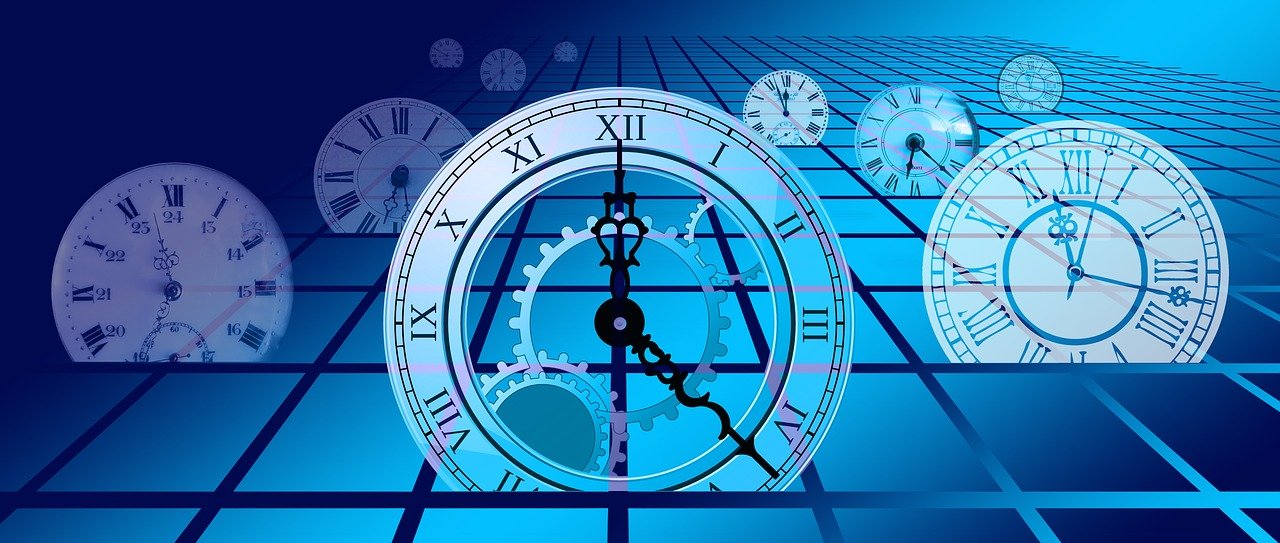A record clock based on quantum effects
The new precision record for atomic clocks belongs to a team of scientists at the Massachusetts Institute of Technology working on the phenomenon of Quantum entanglement based method to have used a  to create super accurate device. The performance and work is described in an article published in Nature.
to create super accurate device. The performance and work is described in an article published in Nature.
Image source: Pixabay
To construct a new atomic clock, the scientists have around 350 atoms Ytterbium crossed. The frequency of vibration of this element is identical to that of visible light. Its atoms vibrate a hundred thousand times faster per second than the atoms of cesium, which is most commonly used today to make atomic clocks. Monitoring these vibrations with greater accuracy enabled scientists to determine much shorter time intervals than with known designs, making the watch more precise.
For the clock to work, the gas, made up of atoms, has to be cooled and trapped in the optical gap between two mirrors. A laser beam fired into the mirrors creates a ping pong effect, hits the atoms and creates one Quantum entanglement between them. Another laser was used to measure the average frequency of the vibrations.